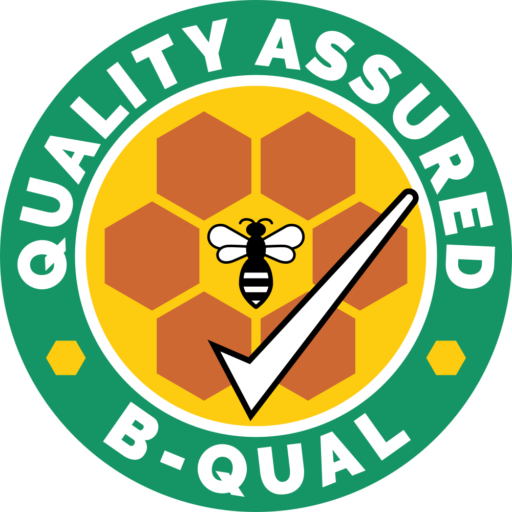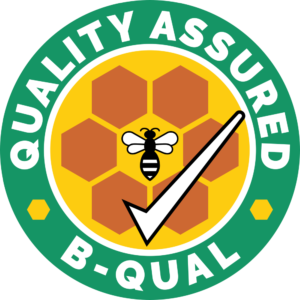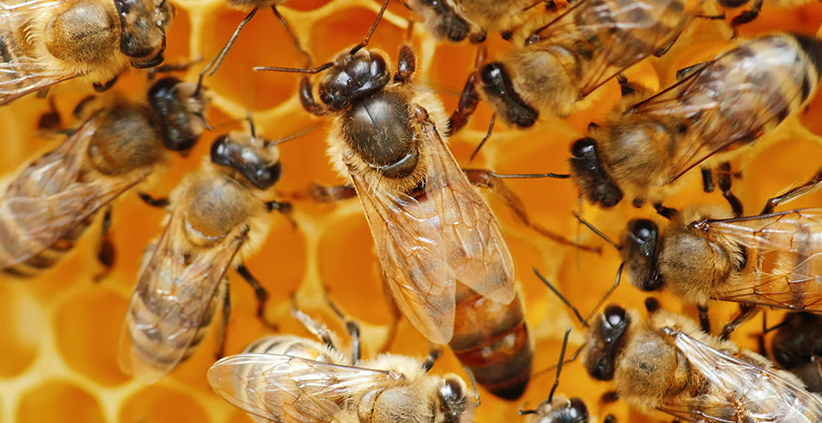Queens for Success: How to Raise Strong, Productive Bee Colonies
For commercial and committed beekeepers, a strong, well-mated queen is at the heart of every thriving colony. A productive queen sets the tone for colony temperament, honey yield, and resilience against disease and environmental stressors. In Australia’s unique climate and evolving industry landscape, strategic queen management is no longer optional; it’s essential.
The Power of a Quality Queen
The queen determines the strength, genetics, and behaviour of the colony. High-quality queens lay consistently, produce calm and cohesive worker populations, and drive strong foraging activity. Commercial beekeepers know that colonies headed by vigorous, well-mated queens build up quickly, allowing for better honey production and effective pollination services.
Relying on inferior queens or letting colonies requeen themselves can result in uneven brood patterns, erratic temperament, and reduced yield. A proactive approach to requeening ensures operational stability and productivity.
Timing and Selection Matter
The best results come from deliberate timing. In most Australian regions, spring and early summer provide ideal conditions for queen rearing. Strong drone populations and reliable nectar flows during this period increase the likelihood of producing well-mated, vigorous queens.
Genetics are equally important. Selecting breeder queens from high-performing colonies — those with proven honey yields, gentle behaviour, and strong brood patterns — helps maintain productive apiaries over time. Many commercial operations invest heavily in breeding programs to ensure long-term genetic strength.
Queen Rearing Techniques for Scale
While some smaller operations purchase queens, serious beekeepers often raise their own to maintain consistency and reduce costs. Techniques like grafting allow for controlled production of quality queens at scale. Queen cell builders, starter and finisher colonies, and careful management of mating nucs all play a role in producing robust queens ready to head production hives.
Attention to nutrition during queen development is crucial. Well-fed larvae develop into queens with superior reproductive capacity, directly impacting colony strength.
Requeening Strategies That Work
Regular requeening — typically every 12 to 18 months — is standard practice in many commercial operations. This approach maintains colony productivity and reduces the risk of swarm behaviour. Some beekeepers prefer annual requeening to ensure peak performance heading into key honey flows or pollination contracts.
Marking and record-keeping also support effective queen management. Tracking queen lineage, age, and performance allows beekeepers to make data-driven decisions season after season.
Genetic Diversity and Resilience
In an industry facing environmental pressures, pests, and shifting climate patterns, genetic diversity is a vital tool. Strategic breeding and occasional introduction of outside genetics can improve resilience, helping colonies adapt to changing conditions and maintain productivity.
Collaboration with other beekeepers, breeder programs, and research initiatives supports a stronger national beekeeping sector.
Conclusion: Invest in the Heart of the Hive
For those serious about beekeeping, the queen is not just another part of the colony — she is its engine. Strategic queen management, careful breeding, and disciplined requeening schedules help maintain healthy, productive colonies that stand up to the demands of modern commercial beekeeping in Australia. Investing time and resources in quality queens is ultimately an investment in the future strength of the entire operation.
– Become BQUAL certified –

Proudly display the B-QUAL logo and demonstrate your enterprise is operating in accordance with the industry requirements and expectations of consumers, markets, regulatory authorities and the wider community, in relation to the key issues of food safety and industry best practices.



